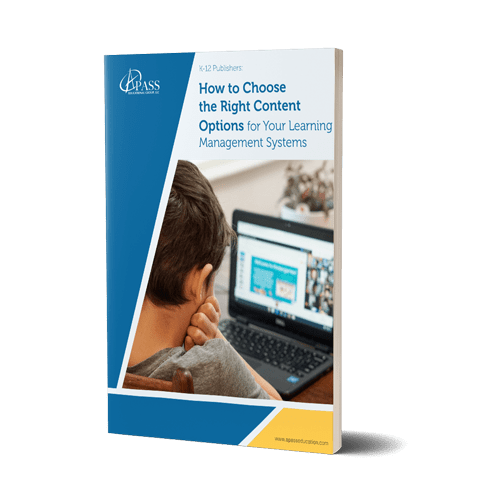High School Student Learning Profile
Critical thinker
Goal setter
Engages in self-reflection
Preference of active learning over passive learning
Highly curious thinker
Seeks connections
In the beginning of the Elearning lesson, the first goal is getting their attention. If the learner is initially hooked, it’s easier to keep their attention. But how do you initially capture the student’s attention and keep it? Below are three ways to trigger your high school student’s attention.
1. Interactivity
To spark your student’s interest, give them control in the lesson by incorporating interactive elements. Instead of having a slide progress automatically, make it so the student has to drag, drop, and hover. This will trigger your student to stay alert and involved in the lesson. The student will know that their input is needed to progress the lesson. Changing the interactivity throughout the lesson will also get their attention.
Using tools like hovering can also be useful in chunking information. Instead of presenting information about an image in a paragraph, use chunks of information. These chunks can be revealed when the student hovers or clicks. You will capture the student’s attention as he or she moves across the screen. The student will be motivated to discover the information on their own.
2. Scenario-Based Tasks
High school students are motivated by connecting what they learn in class to the real world. Starting off your lesson with a real-world scenario will get your students’ attention. Animations can catch the student’s attention and immerse them into the scenario.
Instead of having them read a scenario, have characters or items pop up and speak. This will help the scenario feel more like a story. Scaffolding can be added to scenario through pop-up text. The pop-up text can give the students hints needed to solve the scenario.
3. Gamification
Research from PLOS One in 2017 identified 1,017 studies on gamification. PLOS One found that gamification leads to increased engagement in online classes. Gamification uses elements of a game such as badges and points, and applies it to a non-game context. Gamification can help turn a passive learning experience into an active one.
Here are some important features to consider:
Leaderboards
Badges
Points
Levels
One way to add gamification into the beginning of an eLearning lesson is to introduce students to the badging system. You can show three different levels of badges and the points needed to reach each badge. Plan to break your assessment into smaller chunks. As the student finishes each assessment, they will be motivated to get more points. This will get your student to set a goal and work throughout the lesson to reach it.
Getting a student’s attention in the classroom or online can be difficult. By using these three components at the beginning and throughout your lesson, you will trigger your student’s attention.





